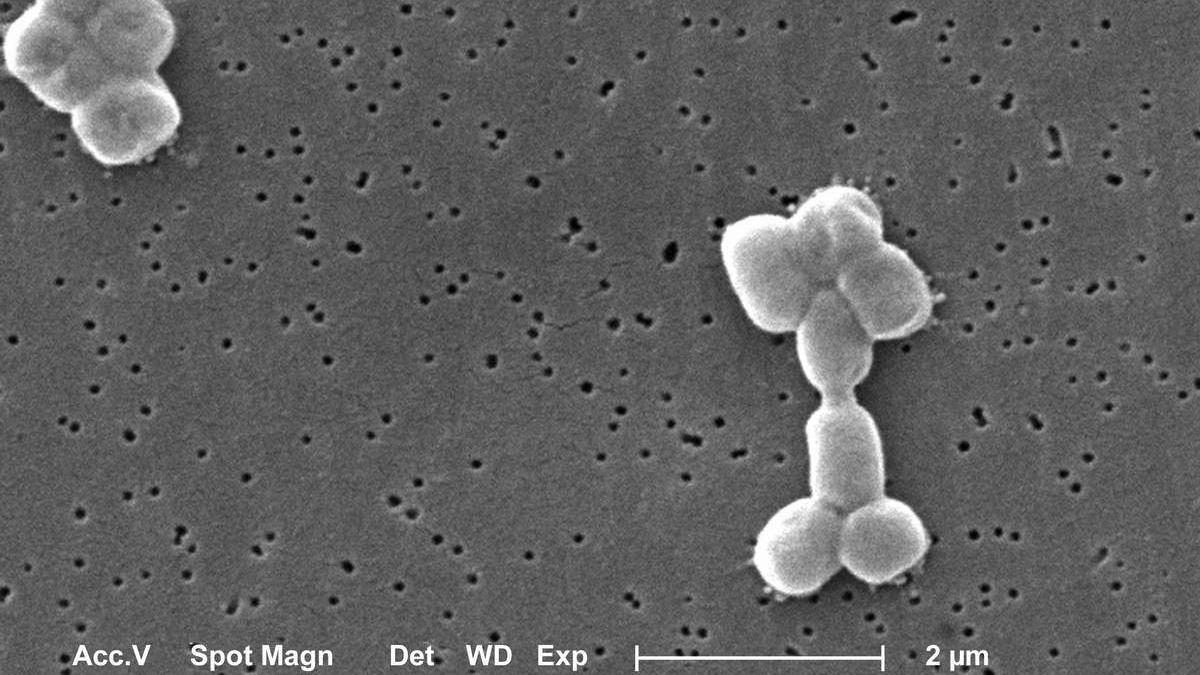Context
-
Researchers have recently used machine-learning to identify a potential new antibiotic Abaucin against a challenging species of disease-causing bacteria.
What is antimicrobial resistance?
- Antimicrobial resistance is one of the great crises of the 21st century that, like climate change, was brought on by human activities and affects the whole world, regardless of borders or points of origin.


Photo Credit: US CDC, public domain - It refers to the ability of microbes to evolve to resist the compounds humans have developed to beat them.
- As a result, many drugs, but especially antibiotics, have become less effective or ineffective against disease-causing bacteria, allowing the diseases to become more prevalent again.
What is Acinetobacter baumannii?
- In their study, the MIT researchers looked for a molecule to fight Acinetobacter baumannii bacteria.
- A. baumannii is a Gram-negative bacteria, which means it has a protective outer membrane that allows it to resist antibiotics. It has been associated with hospital-acquired infections in India.
- A. baumannii was acknowledged even a decade ago to be a “red alert” pathogen “primarily because of its exceptional ability to develop resistance to all currently available antibiotics”.
- Recently, a Department of Biotechnology initiative launched a programme to find compounds that could fight A. baumannii, among five other pathogens.
What is abaucin?
- Abaucin is known to compromise the normal function of a protein called CCR2.
- Abaucin appears to work by disrupting lipoprotein trafficking in A. baumannii. A lipoprotein is a molecular framework required to transport fat inside cells. Based on genetic studies, the researchers believe that abaucin could be preventing lipoprotein produced inside the bacteria from moving to the outer membrane.
- Abaucin is also “species-selective”: it only disrupts the growth of A. baumannii, not other Gram-negative bacteria.
- The authors write that this could “at least in part” be because A. baumannii uses a slightly different lipoprotein transport system.
Source: TH
Visit Abhiyan PEDIA (One of the Most Followed / Recommended) for UPSC Revisions: Click Here
IAS Abhiyan is now on Telegram: Click on the Below link to Join our Channels to stay Updated
IAS Abhiyan Official: Click Here to Join
For UPSC Mains Value Edition (Facts, Quotes, Best Practices, Case Studies): Click Here to Join
